- California Assembly OKs highest minimum wage in nation
- S. Korea unveils first graphic cigarette warnings
- US joins with South Korea, Japan in bid to deter North Korea
- LPGA golfer Chun In-gee finally back in action
- S. Korea won’t be top seed in final World Cup qualification round
- US men’s soccer misses 2nd straight Olympics
- US back on track in qualifying with 4-0 win over Guatemala
- High-intensity workout injuries spawn cottage industry
- CDC expands range of Zika mosquitoes into parts of Northeast
- Who knew? ‘The Walking Dead’ is helping families connect
Bojagi workshop offered at LACMA
April 12, May 3 and June 7
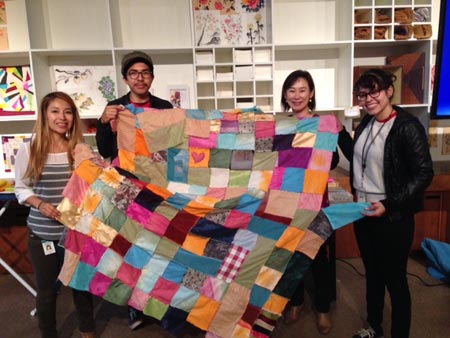
Korean-born textile artist Lee Young-min, second from right, shows a “bojagi” (wrapping cloth) along with her pupils at the Los Angeles County Museum of Art (LACMA). (Courtesy of Lee Young-min)
By Chung Ah-young
Korean-born textile artist Lee Young-min moved to the United Sates 17 years ago because of her husband’s business. Like many Korean immigrants, she struggled to adapt to the new environment and suffered homesickness.
However, she found consolation in stitching and sewing together pieces of fabric to make “bojagi” or Korean wrapping cloth. The work also allowed her to reconnect with her roots.
The 45-year-old began making bojagi and teaching others how to do this some 10 years ago. She holds a master’s degree in fashion design and a bachelor’s degree in clothing and textiles.
“For me, making a bojagi is a process of expressing homesickness for my families, culture and tradition and at the same time a process of finding my identity through this slow sewing by hand,” she said.
Bojagi played a crucial role in traditional Korean culture. The cloths were designed to wrap, carry or store objects ranging from precious things to everyday goods such as garments and also used to cover food.
By material, they are classified as being either embroidery, patchwork, printed, painted or gilded. By use, they are divided between blankets and cloth covers whose ends have strings attached, made from silk, hemp or ramie. Particularly, “jogakbo,” which was widely manufactured by using leftover scraps of colorful fabric, is deemed as highly aesthetic work distinguishable from other pieces, comparable to modern abstract paintings. “Gungbo” was used in the royal palace while “minbo” was created and used by the commoners for their daily lives. “Subo” or embroidered bojagi, were used for special occasions such as a wedding ceremony.
Bojagi flourished during the Joseon Kingdom (1392-1910) and began to decline after Japanese colonization and the influx of Western culture in the 20th century.
The artist said that she wants to promote its cultural connotations which reflect its historical development to the international audience. For instance, while making a jogakbo, women wished the recipients’ good luck and happiness.
“Bojagi made with much care is believed to bring good luck and happiness to a recipient. Thus, patching together the scraps of cloths was regarded as a medium for praying for good luck. Weaving the small pieces of cloths is regarded as praying for a long life,” she said.
Bojagi is women’s culture. Staying in women’s quarters in the Confucian state, they expressed their woes and pathos by piecing together fabric, developing it into the highly refined art. It has grown into one of the most sophisticated forms of ornamentation.
The Korean wrapping cloths are similar to quilts in other cultures, giving artistic inspiration and cultural curiosity to foreigners.
When Lee held the bojagi exhibition at Muckenthaler Center in Fullerton two years ago, not only Koreans but also textile artists took part in the event.
“It showed that the wrapping cloths appeal to a wide range of people from Korean art lovers to quilt lovers,” she said.
She currently holds bojagi workshops and leads a community bojagi project at the Los Angeles County Museum of Art (LACMA). The program will take place on April 12, May 3 and June 7. The reservations of the workshops for April 12 have been already filled.
“Many parents with their children are taking part in the workshops. They are all beginners and not skilled but they return home with satisfaction of their completion of bojagi artworks,” she said.
She has organized numerous workshops, classes and demonstrations on Korean arts and crafts around the Bay Area. Recently she demonstrated her bojagi and “maedeup” or Korean knots in Asian Art Museum in San Francisco as part of the Asia Alive Program. Lee also participated in Oakland Museum’s Lunar New Year celebration with her bojagi and maedeup artworks.
However, Lee found it difficult to teach them in English because there are limited English resources she can use about bojagi.
So she is on the work for providing the English information about bojagi through the website http://www.youngminlee.com, in order to help those interested in the textile art easily gain access to it. Lee has released a DVD on how to make a bojagi in English.
As the artist puts the bojagi information online, the worldwide interest in it has been growing. A few years ago, a quilter from Mexico City contacted her and wanted to learn how to make a bojagi. Lee sent some bojagi samples and materials to her and the Mexican quilter visited her in the U.S. and now she teaches how to make a bojagi in her country.
She also taught a Malaysian professor at an art college the bojagi art for a while and keeps in touch with an American friend who learned making a bojagi when she stayed in Korea and now lives in Germany through bojagi.
“My workshops and private lessons attract many people from diverse cultures as well as Korean immigrants like me. I feel connected to various parts of the world through bojagi lovers,” she said. “For now, just introducing bojagi to the international audiences seems to be a daunting task but eventually, I want to promote the Korean tradition and culture which are deeply engrained in the bojagi art. That’s my goal,” she said.








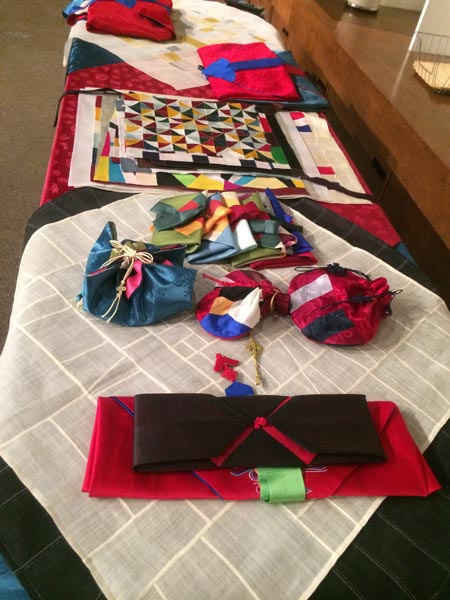
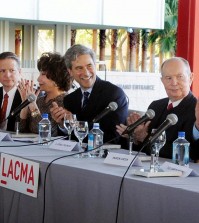
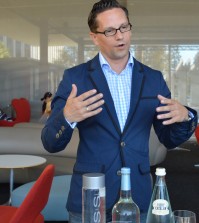
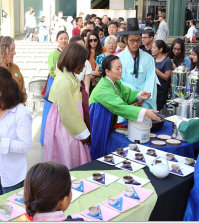
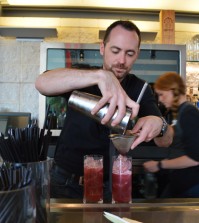



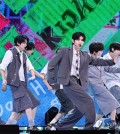

Pingback: Thursday’s Link Attack: SKorea Detains NKorean Boat; Korea-Japan Relations; BigBang Reaches Milestone | Kore.am